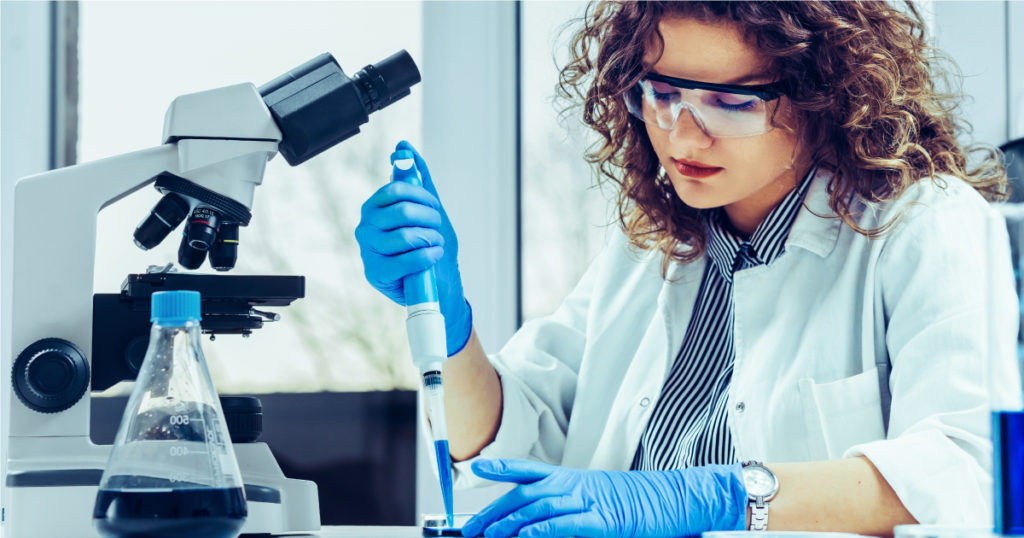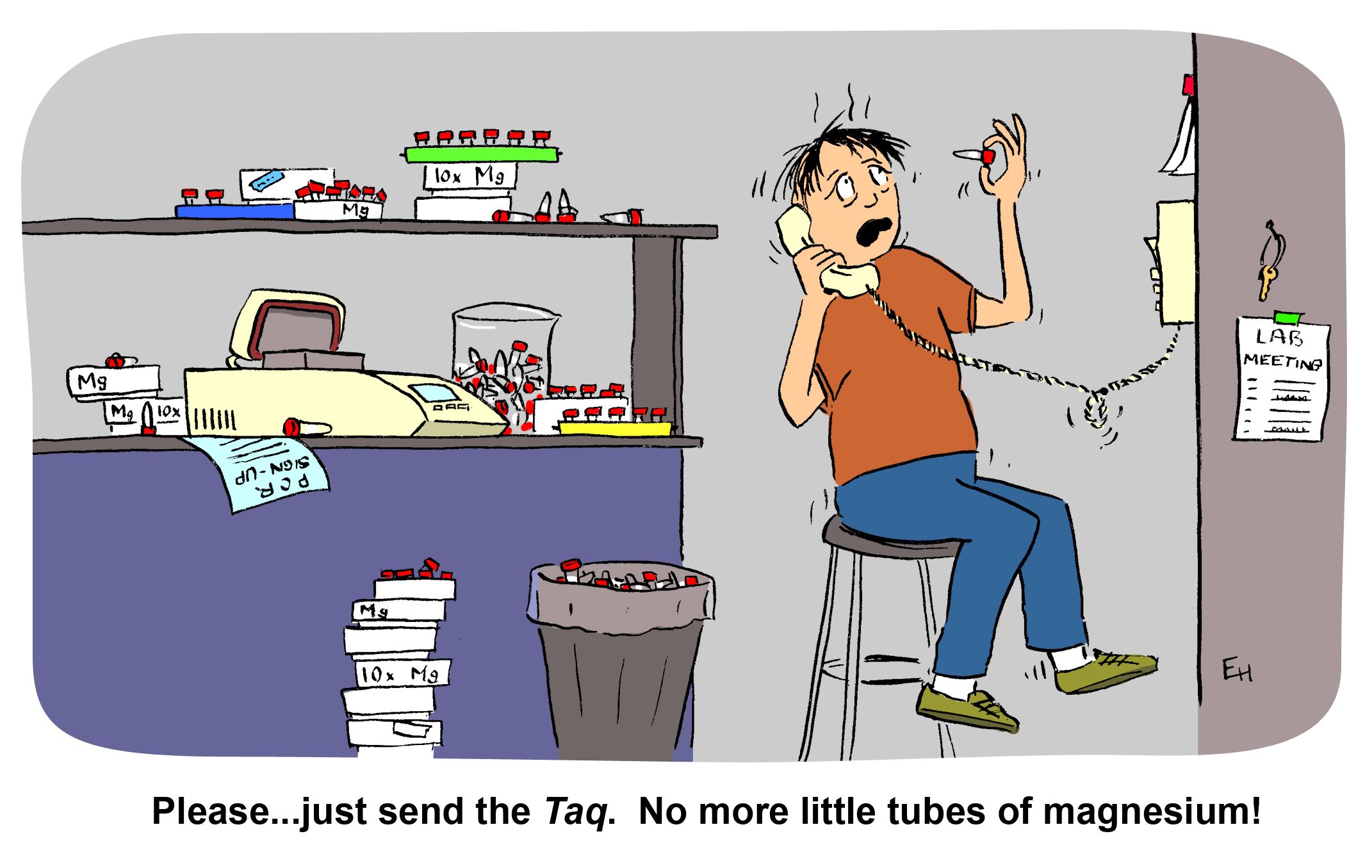Today’s guest blog is written by Melissa Martin, a global marketing intern with Promega this summer. She will be a senior this fall at the University of Wisconsin-Madison where she is double majoring in zoology and life sciences communication, with a certificate in environmental studies.

Congrats! You are attending a university and pursuing a challenging, yet rewarding, undergraduate science degree. Getting to this moment probably included lots of late nights spent studying or worrying while applying to your dream college. However, now that you are here you will find that classes provide a lot of information. You can even take your education one step further by getting hands-on experience in a research lab.
Working in a lab is not only about making your resume look good. It offers a real-world experience that directly enhances your learning experience and can even guide your future. For example, your experiences in the lab can teach you basic skills (pipetting, determining concentrations, performing titrations, etc.) that will be useful in a variety of science professions.
Continue reading “Reaching Out for Lab Research Experience”![4498MA-[Converted]](https://www.promegaconnections.com/wp-content/uploads/2014/10/4498MA-Converted-e1413386878386.jpg)



